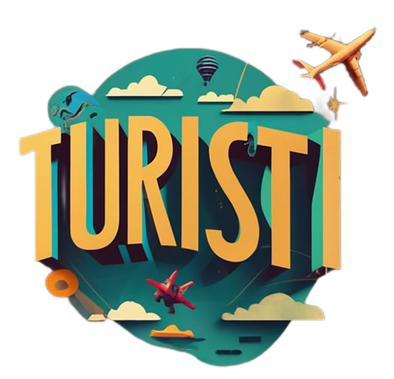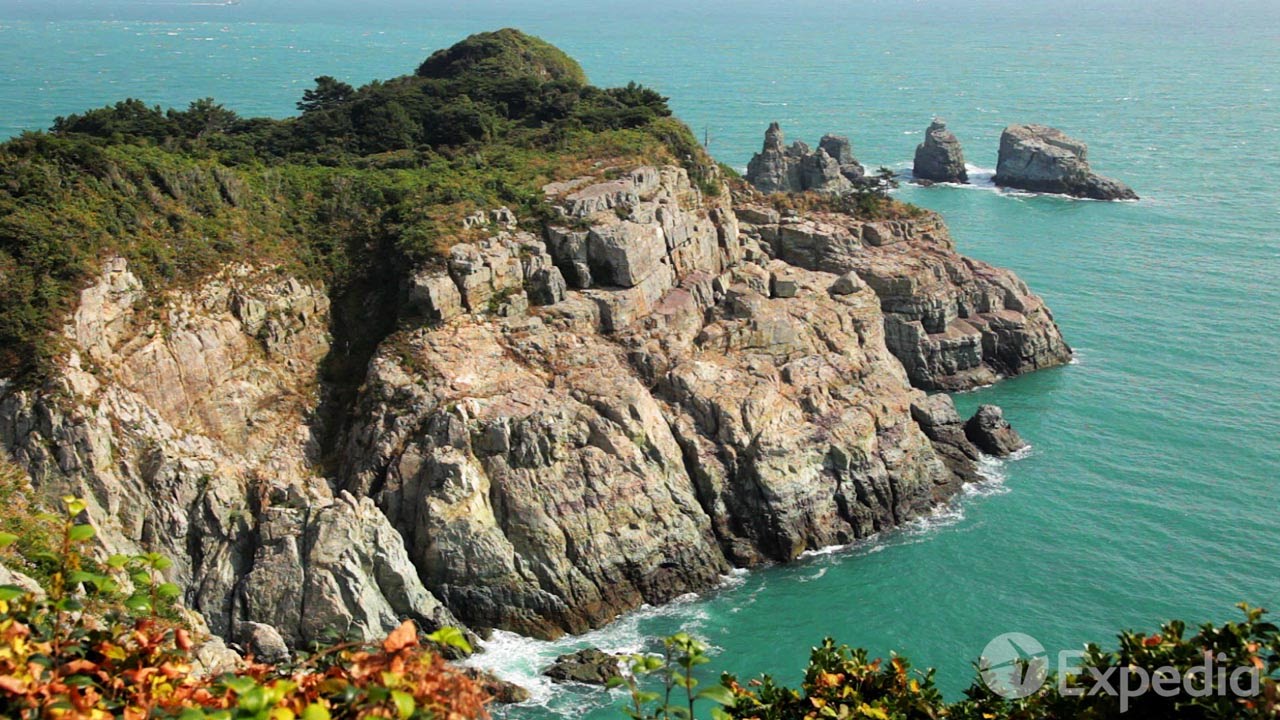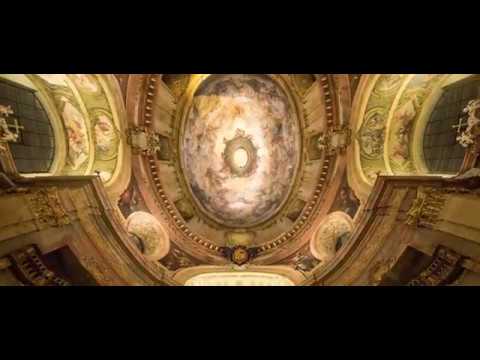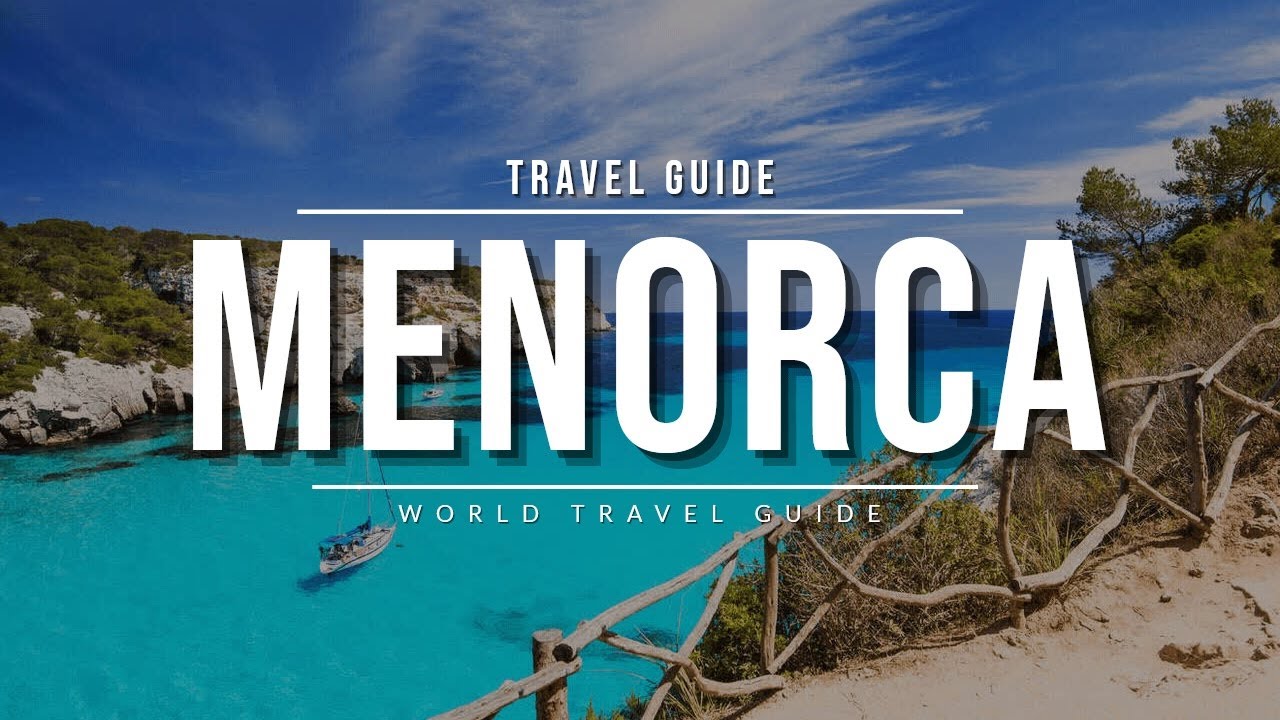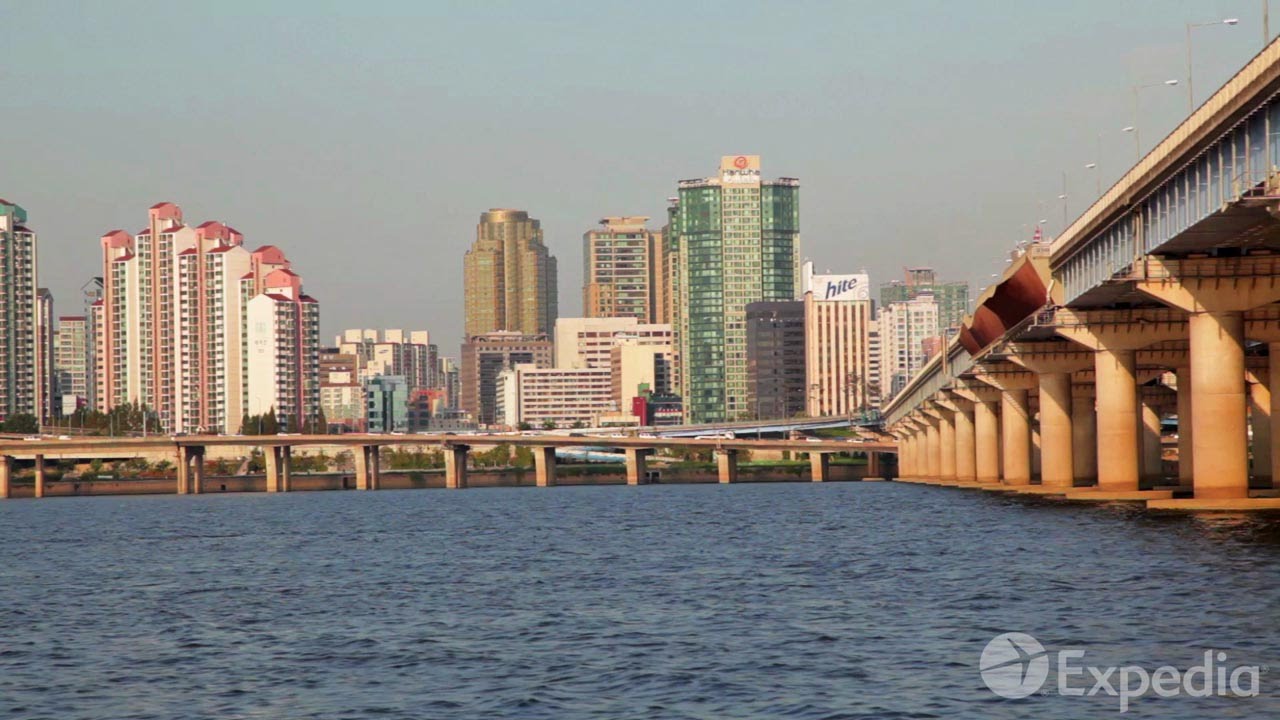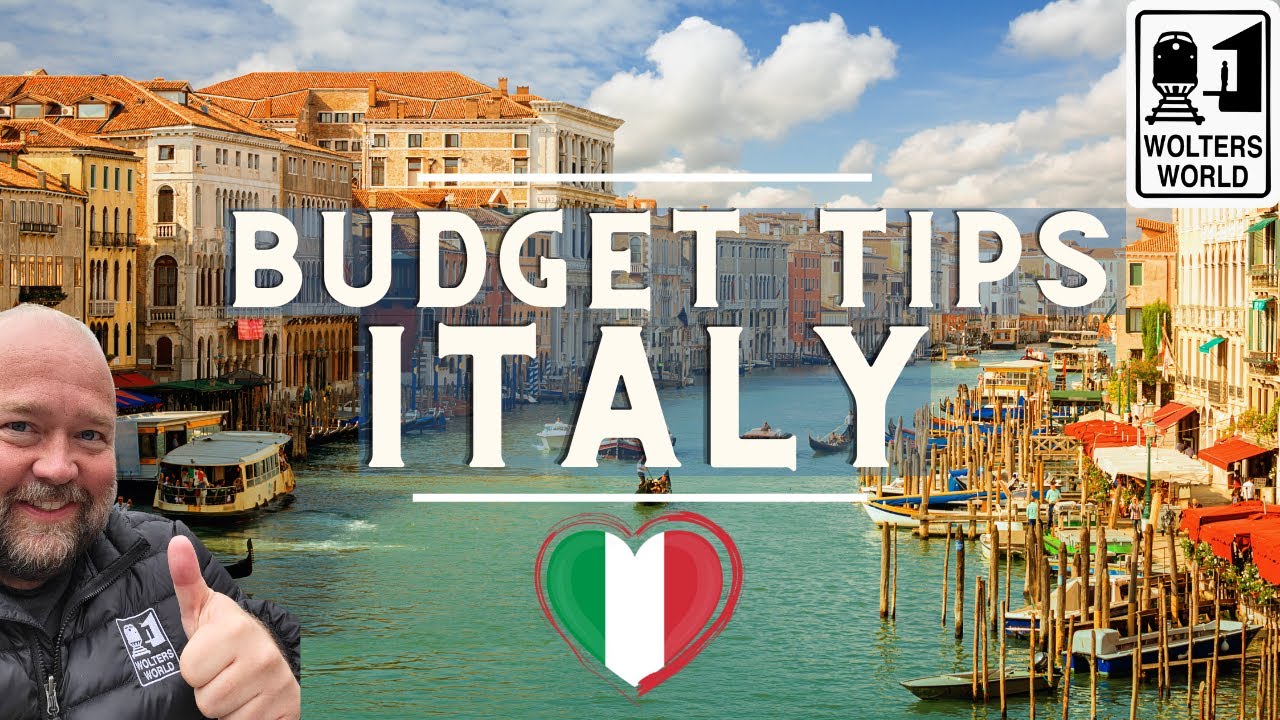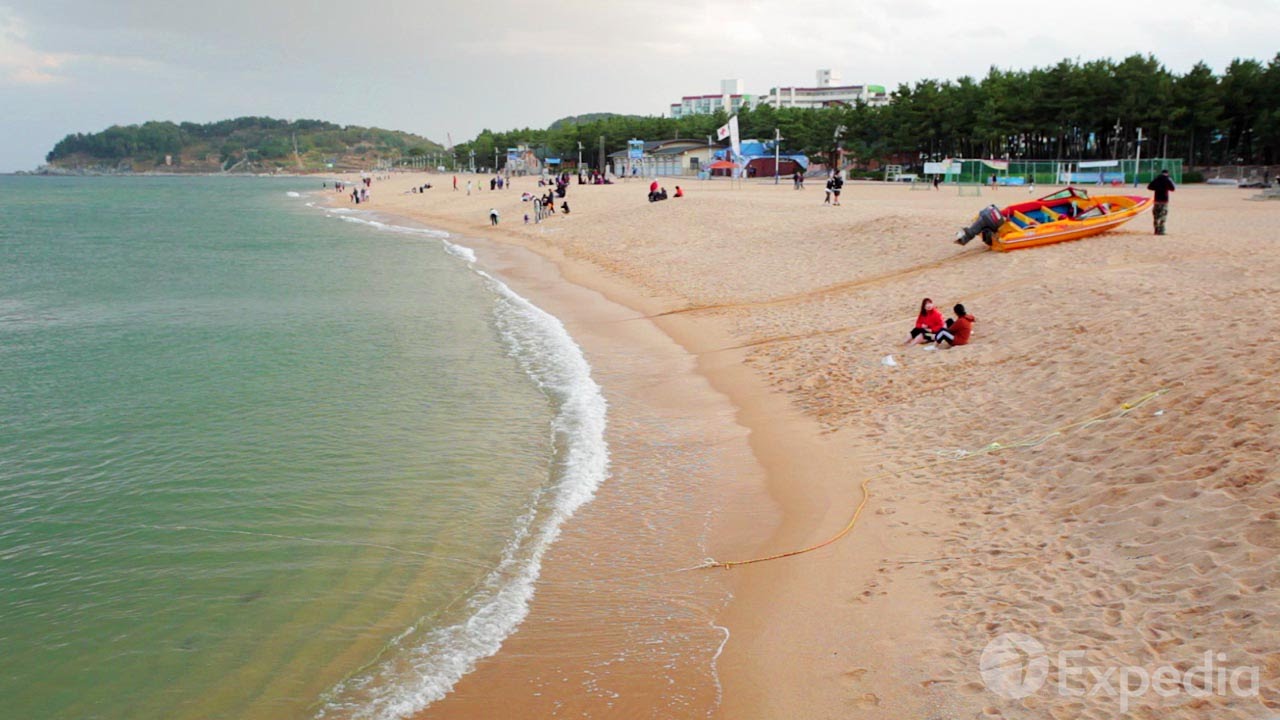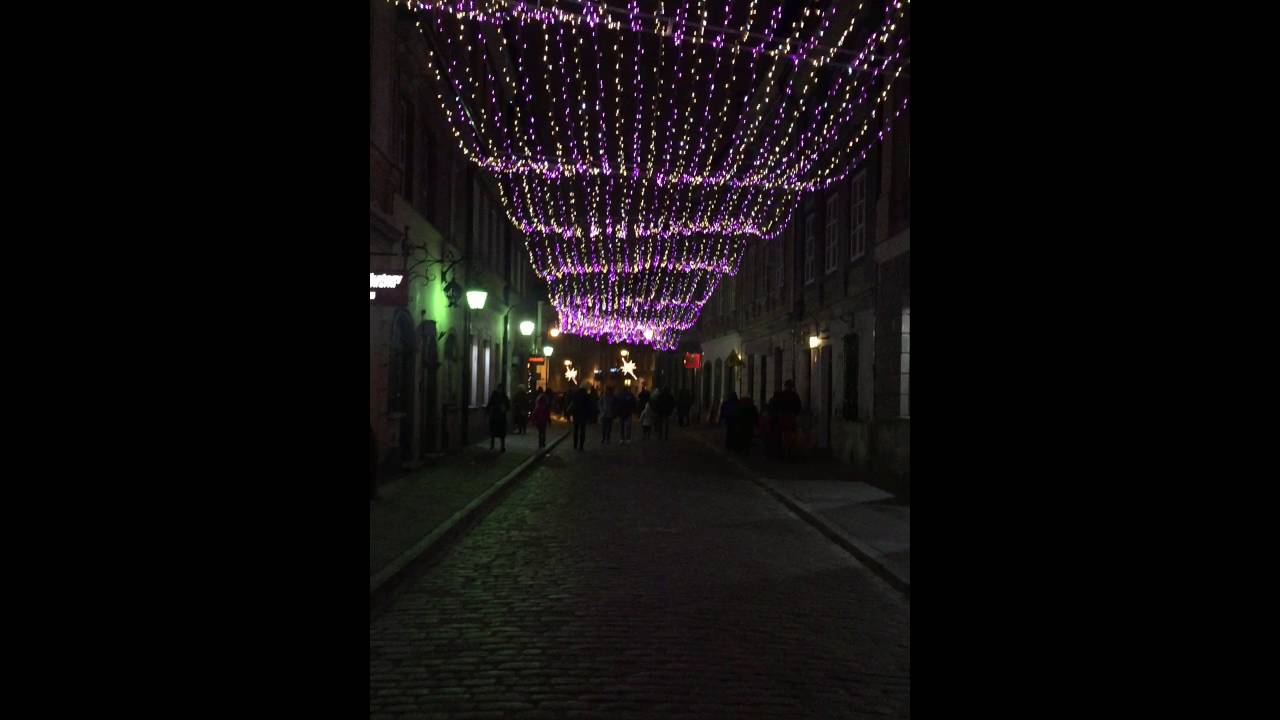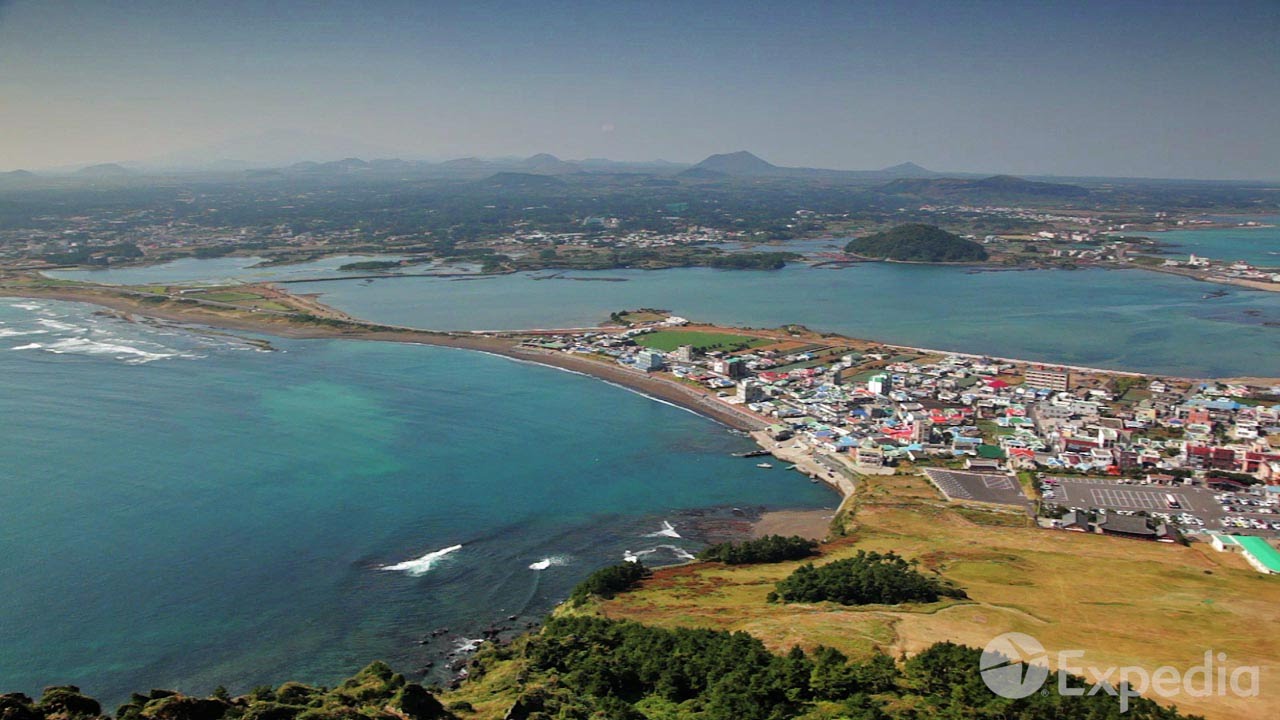Hello fellow travelers, and welcome back to World Travel Guide. In this episode, we will set foot on the beautiful island of Madeira, a sometimes forgotten part of Portugal located in the heart of the Atlantic Ocean.
Situated approximately 500 kilometers off the northwest coast of Africa and 850 kilometers southwest of Portugal’s mainland, Madeira is an autonomous region of Portugal.
Its strategic position places it in the heart of the Atlantic Ocean, earning it the nickname “The Pearl of the Atlantic.”
The archipelago, which includes the islands of Madeira and Porto Santo, is a very popular travel destination with over 2 million annual visitors.
Madeira was formed millions of years ago through volcanic activity, and its iconic towering volcanic mountains, such as Pico Ruivo, offer stunning panoramic views.
The easiest way to reach Madeira is by air, with Funchal Airport being the primary gateway to the island. You can also explore ferry options from mainland Portugal or other nearby islands.
Funchal, the capital and largest city of Madeira, has a population of 110,000 residents, making it Portugal’s sixth largest city.
Funchal is one of Portugal’s top tourist destinations and the leading Portuguese port for cruise ship dockings due to its significant historical and cultural value.
The city was named after a wild plant with a pleasant scent, traditionally known as fennel, which was common in the area when the community was founded.
Funchal was founded in 1421 by the Portuguese navigator João Gonçalves Zarco but was also briefly under Spanish and British control.
The old town of Funchal is characterized by its historic architecture and colonial-style buildings and churches.
The most notable buildings are the Cathedral of Funchal and the Church of Saint Peter. Rua de Santa Maria is the pedestrian-friendly main street in the old town, famous for its unique painted doors.
Cristiano Ronaldo, one of the best athletes of all time, is the city’s greatest son. Not only is the Funchal airport named after him, but there is also a museum dedicated to his illustrious career.
Through images, movies, interactive features, and more than a hundred individual and team awards, the CR7 Museum allows visitors to recall the most important moments in Cristiano Ronaldo’s life.
The Funchal Teleferico cable car is very popular among tourists and offers amazing views of the city and the ocean.
It was designed to transport passengers from the lower station near the old town of Funchal to the lofty heights of Monte, an elevated suburb 560 meters above sea level.
The 15-minute ride in specially designed cabins provides 360° views of Funchal and the surrounding mountains.
One of the top tourist destinations on Madeira is the Botanical Garden, located around 4 kilometers northeast of Funchal.
The garden, stretched over the Quinta do Bom Sucesso estate’s hills, is attractive due to its large and varied subtropical vegetation.
There are thousands of native plants, trees, and flowers, along with numerous exotic species from all over the world.
The Botanical Garden is approximately a 10-minute ride from Funchal by car, but you can also take the cable car to get there.
Standing tall on the southern coast of Madeira, Cabo Girão is Europe’s highest cliff and the second-highest cliff in the world, with a staggering height of 580 meters.
The island of Madeira itself is of volcanic origin, and Cabo Girão’s formation is a result of ancient lava flows.
Upon arrival, you’ll be welcomed with a breathtaking panoramic view of Câmara de Lobos, Funchal, the southern coast of the island, and the Atlantic Ocean.
The distance to the location from Funchal is only 20 minutes. It is recommended to park at the lot at the top of the cliff if you have chosen a multi-stop day tour.
Beyond its geological significance, the cliff is also a playground for tourists.
The Cabo Girão Skywalk, a modern glass-floored viewing platform that extends over the cliff’s edge, offers an unmatched perspective for those willing to step beyond their comfort zones.
If you are afraid of heights, this can be a truly terrifying experience.
Pico Ruivo stands tall as the highest peak of Madeira. With a towering height of 1,862 meters above sea level, it offers a breathtaking viewpoint that draws tourists and hikers from all over the world.
Pico Ruivo is famous for its hiking trails, which are some of the best in Europe.
The Pico Ruivo Trail, a difficult but extremely rewarding trail, passes through beautiful meadows and rough terrain, offering spectacular views of the island.
The summit itself has a viewpoint that offers a 360° panorama, allowing visitors to enjoy the beauty of the landscape from every angle.
The levadas are a network of aqueducts in Madeira, some of which date back to the 15th century. The levadas are essential in supplying local farmers with the water they require for farming.
Exploring one of the numerous walking routes that these levadas provide is one of the greatest ways to discover Madeira.
Both the wetter parts of the north and the drier parts of the south offer levada walks that will lead you through this network of open canals.
You shouldn’t miss Rabacal’s famed levada stroll if you’re nearby. This 10-kilometer trip runs through three levadas and offers views of more than two dozen waterfalls.
Machico is strategically positioned at the mouth of a valley that leads inland to the island’s mountainous terrain. The town’s proximity to Madeira’s international airport makes it an interesting entry point for travelers.
Machico was the first landing point of Portuguese explorers in the 15th century. The picturesque town square, dominated by the historical Capela dos Milagres, offers a look into Machico’s past.
The town’s busy promenade, dotted with cafes and restaurants, welcomes guests to try regional food. The waters around Machico are an excellent destination for whale and dolphin watching.
Tour operators offer boat trips that allow you to witness these magnificent creatures in their natural environment.
The Moniz Natural Pools are a huge tourist attraction in the charming village of Porto Moniz. These pools are a harmonious blend of volcanic rock formations and the strong waves of the Atlantic Ocean.
While the natural pools offer a calm and safe swimming experience, they also provide a captivating display of the ocean’s power. The tides create a natural rhythm, filling and emptying the pools with each cycle.
Over the years, the pools have undergone careful enhancements to ensure their safety and accessibility. Man-made structures blend seamlessly with the natural surroundings.
Averaging 21° Celsius throughout the year, the water’s temperature in the lava pools is consistent, and you can visit them whenever you want.
Ponta de São Lourenço is an idyllic peninsula at Madeira’s easternmost point that is now a protected natural reserve. In contrast to the rest of the island, it is dry and windy with breathtaking volcanic rock formations.
The low vegetation and absence of trees here contrast with the rest of Madeira. If stunning natural settings fascinate you, this is the area to investigate. Hiking is the best way to get around, and there are many trails to explore.
You should consider a full-day journey that leads you up and down stone stairs, to lookout points with views of the Atlantic Ocean, and then descends to the Prainha black sand beach.
Located around 40 kilometers northeast of Madeira, Porto Santo is the easternmost island in the Madeira archipelago.
It covers an area of around 42 square kilometers, making it a compact yet beautiful destination. It is believed that Christopher Columbus lived on Porto Santo for a period.
He married a local woman, Filipa Moniz Perestrelo, whose family had connections to the island. The island’s landscape is characterized by rolling hills, volcanic rock formations, and a semi-arid climate, providing a contrast to the lushness of Madeira.
The gorgeous beaches of Porto Santo are considered among the best in the world. Praia de Porto Santo, the largest beach on the island, extends along the southern shore for about nine kilometers.
Because of its high mineral content, the beach’s extraordinarily smooth and golden sands are said to provide therapeutic benefits.
Beyond the beaches, tourists can also explore the charming town of Vila Baleira, the island’s capital, which has beautiful traditional Portuguese architecture.
A round of golf at the Porto Santo Golfe, an 18-hole golf course, offers stunning views of the coastline and adds a touch of sport to your vacation.
Have you ever been to Madeira? Let us know in the comments. If you loved this video, hit the like button and subscribe to help our channel grow.

